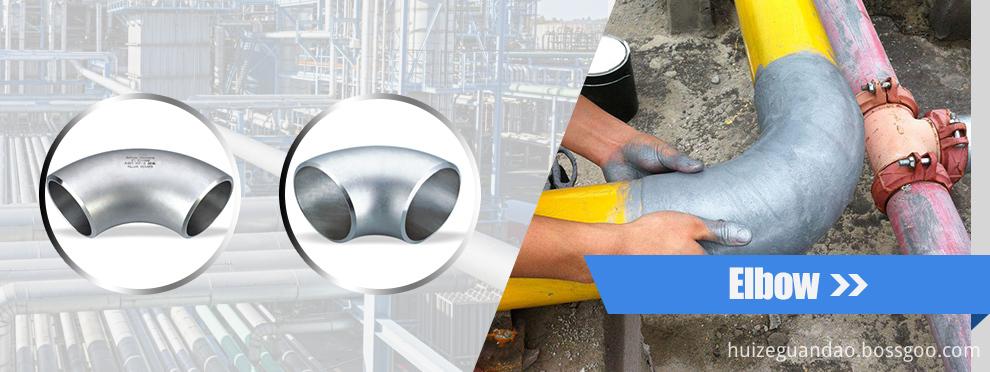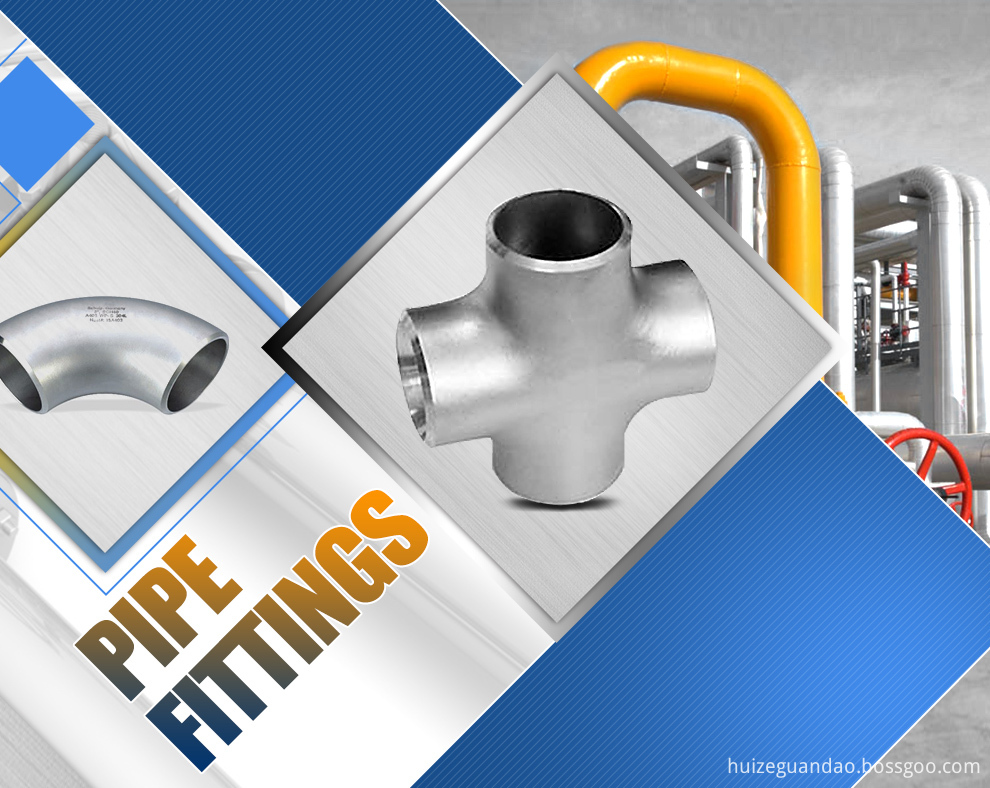(1) Adjust the brightness of the LED screen according to the ambient brightness
The main purpose of the brightness adjustment is to adjust the brightness of the LED screen according to the ambient light intensity, so that the LED display looks clear and bright without glare. Most of the domestic LED display manufacturers have achieved this function, but there are not many companies and users who really use this technology. On the one hand, the market lacks accurate and easy-to-use environmental brightness detection equipment, on the other hand, LED The display industry lacks a reference regulation.
When the human eye adapts to the ambient brightness of 800 candelas per square meter, the brightness range that can be seen is 80-8000 candelas per square meter. Any display content that exceeds this brightness range requires the human eye to make adjustments to adapt and gradually see. For example, in an outdoor 5000 candela per square meter brightness environment, the brightness range of the display device for easy viewing is roughly 500-50000 candelas per square meter. In this environment, if you want to clearly identify the mobile content of 60 candelas per square meter, you need to It is this principle that the human eye is trying to adjust for a few seconds to gradually adapt.
According to this theory, a design specification for brightness adjustment methods for LED displays can be established. According to the ambient brightness, the grayscale range falls within a comfortable range for human eyes. Especially at night, the maximum brightness of the display should be less than 10 times the ambient brightness.
The relationship between the ambient brightness and the optimal output brightness of the display device The ambient brightness change curve from midnight to midnight in a day and the corresponding LED display optimum brightness setting curve. From the test results, it can be seen that the brightness of the outdoor environment during the day changes very significantly. In sunny days, the brightness ratio between the brightest light and the darkest light can reach 30,000 to 1. Corresponding LED display brightness settings change is beyond imagination. At night, when the LED display is set to 60cd, it feels that the LED screen is bright enough, but at noon during the day, even if 5000-6000cd is not bright enough. The difference between bright and dark is nearly 100 times.
Due to the lack of regulatory constraints, many outdoor LED displays show dazzling brightness at night, causing severe light pollution to the surrounding environment and causing invisible injuries to the surrounding residents. It is recommended that industry standards be established as soon as possible to restrict corporate behavior and force companies to install brightness adjustment devices. During the use of the LED display, the brightness output level of the LED display should be automatically adjusted according to the industry brightness according to the industry standard, and the LED display should be prohibited from outputting high brightness in a dark environment.
(2) Specification of blue output of LED display
The human eye has different light sensing capabilities for different wavelengths. Since the brightness is a parameter based on human eye perception characteristics, the brightness alone cannot accurately reflect the light intensity. The use of irradiation as a measure of visible light safety can more accurately reflect the dose of light to the eye. The measured value of the irradiance metering device should be used instead of the brightness sensation of the blue light of the eye as a basis for deciding whether the blue light output intensity will cause eye damage. Manufacturers and users of LED display screens should reduce the blue light output component of the LED display under the condition that the display is satisfied.
(3) Regulate the light distribution and direction of LED display
Should try to consider the rationality of the LED light distribution, in the range of visual angle so that the LED light energy output in all directions evenly distributed, to avoid the small angle of view LED strong light direct to the human eye. At the same time, the direction and range of LED light irradiation should be limited to reduce the pollution of the LED display to the surrounding environment.
(4) Specification of display output frequency
LED display manufacturers should design the display in strict accordance with the requirements of the LED display specification. The output frequency of the display screen should meet the specification requirements to avoid discomfort to the viewer due to flickering.
(5) Explicit safety measures in the LED display user manual
In the LED display user manual should indicate the use of precautions to explain the correct way to adjust the brightness of the LED display, as well as long-term look directly at the LED display may cause harm to the human eye. When the automatic brightness adjustment equipment fails, manual adjustment should be taken or the LED display should be turned off.
When a dazzling LED display is encountered in a dark environment, the self-protection measures should be: Do not look directly at the LED display for a long time or carefully identify the details on the LED display. Try to prevent the LED from forming a bright light on the fundus after focusing on the eyes. Spots, burn the retina.
(6) Protection measures for LED display screen design and production process
The design and production staff will contact the LED display more frequently than the user. In the design and production process, the LED overload operation status needs to be tested. Therefore, the design and production personnel are easily exposed to strong light under the LED, and more attention should be paid to the special LED display screen design and production process protection measures.
During the production and testing of outdoor LED high-brightness LED displays, the relevant staff should wear black sunglasses whose brightness is attenuated 4-8 times before they can watch LED display details at close range. During indoor LED display production and testing, the relevant staff must wear black sunglasses whose brightness is attenuated by 2-4 times.
Especially in the dark environment of the LED display test staff, but also pay attention to safety protection, you must wear black sunglasses before you can look directly at the LED display.
Pipe ftiings have a lot of kinds ,such as elbow, Tee, flanges, heads, cap, Cross,Forged Fitting ,Reducer ,Bend, etc, made of carbon steel, stainless steel, alloy steel and other special metal materials as required by its customers.
According to the connection method can be divided into the fitting socket type, curve play double weld pipe, threaded pipe fittings, Flange pipe fittings and welding pipe fittings.Use the same as the pipe materials.Elbow (elbow), flange, tee, four-way tube (cross) and reducer (reducer), etc.Turn Angle for pipeline;Flange is used to make the pipe with pipe connecting parts, connection pipe, tee to the meeting-place of three tube;Cross pipe used in the meeting-place of four tube;Reducer is used for different pipe diameter of two pipes connected.



Stainless Steel Pipe Fittings,Seamless Stainless Steel Pipe Fittings,316 Stainless Steel Pipe,Stainless Steel Fittings
Shijiazhuang Huize Pipe Fitting Co., Ltd. , https://www.huizegd.com